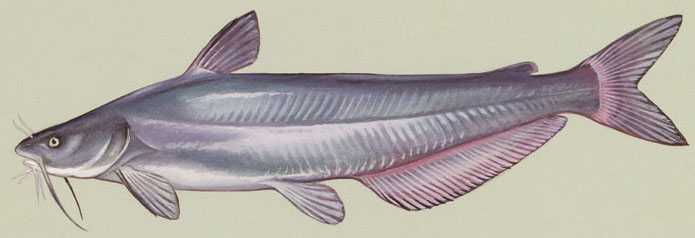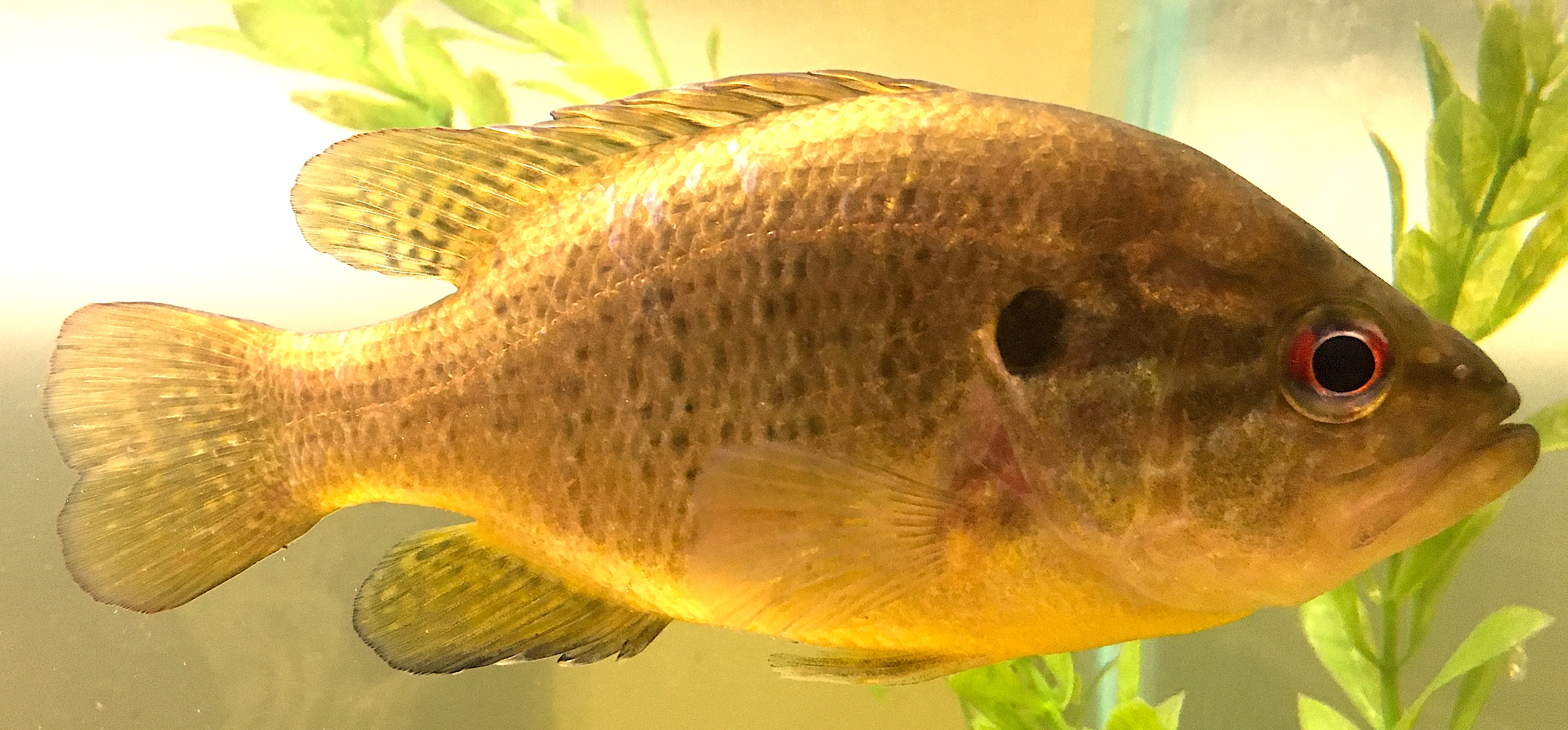|
Lake Fannie
Lake Fannie is a natural freshwater lake on the northeast side of Winter Haven, Florida. This lake has an surface area. Much of its shoreline area is swamp like, but the rest of the lake is free of surface vegetation. Lake Idyl is bordered on the north by Polk County Road 544, on part of the east side by a residential area and on most of the rest of its shoreline by woods. The public has access to this lake on its north shore, along County road 544. Also, a public boat ramp, accessed from 544, in on the northeast shore of Lake Fannie. Lake Fannie is part of the north system of the Winter Haven Chain of Lakes. Lake Fannie is connected by canal on its west side to Lake Smart and on its east side to Lake Hamilton (Florida). However, for a number of years the water level in the canals was so low or even nonexistent that Lake Fannie did not connect into the canal system. There are no public swimming areas on this lake's shore. The Hook and Bullet website says this lake contains gar, c ... [...More Info...] [...Related Items...] OR: [Wikipedia] [Google] [Baidu] |
Winter Haven, Florida
Winter Haven is a city in Polk County, Florida, United States. It is fifty-one miles east of Tampa. The population was 49,219 at the 2020 census. According to the U.S. Census Bureau's 2019 estimates, this city had a population of 44,955, making it the second most populated city in Polk County. It is a principal city of the Lakeland-Winter Haven, Florida Metropolitan Statistical Area. History Pre-history The Timucua and the Calusa were the earliest known inhabitants of the land that would become Winter Haven. Both of these groups were deeply affected by war and disease from the Spanish conquest of Florida in the early 1500s. The Timucua were particularly affected by the expedition of Hernando de Soto. By the 19th century, both these groups no longer existed. During these expeditions the Spanish explorers claimed the entire peninsula of Florida for the Spanish monarchy In the 19th century the Creek and the Seminole were known to live and hunt in this area."The Naming of Lakes in ... [...More Info...] [...Related Items...] OR: [Wikipedia] [Google] [Baidu] |
Freshwater Lake
A lake is an area filled with water, localized in a basin, surrounded by land, and distinct from any river or other outlet that serves to feed or drain the lake. Lakes lie on land and are not part of the ocean, although, like the much larger oceans, they do form part of the Earth's water cycle. Lakes are distinct from lagoons, which are generally coastal parts of the ocean. Lakes are typically larger and deeper than ponds, which also lie on land, though there are no official or scientific definitions. Lakes can be contrasted with rivers or streams, which usually flow in a channel on land. Most lakes are fed and drained by rivers and streams. Natural lakes are generally found in mountainous areas, rift zones, and areas with ongoing glaciation. Other lakes are found in endorheic basins or along the courses of mature rivers, where a river channel has widened into a basin. Some parts of the world have many lakes formed by the chaotic drainage patterns left over from the last ice ... [...More Info...] [...Related Items...] OR: [Wikipedia] [Google] [Baidu] |
Chain Of Lakes (Winter Haven)
The Chain of Lakes is a famous series of lakes in Central Florida. There are two chains of lakes, the northern chain and the southern chain. The northern chain extends across three cities: Winter Haven, Lake Alfred, and Lake Hamilton. It has ten lakes, connected by a series of canals. The ten lakes on the northern chain are Lake Haines, Lake Rochelle, Lake Echo, Lake Conine, Lake Fannie, Lake Smart, Lake Henry, Lake Hamilton, Middle Lake Hamilton, and Little Lake Hamilton. The southern chain is located almost entirely within the city of Winter Haven. It has 16, sometimes 18, lakes connected by a series of canals. The principal 16 lakes on the southern chain are Lake Howard, Lake Cannon, Lake Shipp, Lake Jessie, Lake Hartridge, Lake Lulu, Lake Roy, Lake Eloise, Little Lake Eloise, Lake Winterset, Little Lake Winterset, Lake May, Lake Mirror, Lake Idylwild, Spring Lake and Lake Summit. Hydrography Winter Haven and the chain of lakes sit at the headwaters of the ... [...More Info...] [...Related Items...] OR: [Wikipedia] [Google] [Baidu] |
Lake Smart
Lake Smart is a round natural freshwater lake, with a semicircular cove on its northwest side, on the northeast side of Winter Haven, Florida. Lake Smart has a water area of . This lake is mostly surrounded by woods and citrus groves. On its north and west sides it is bordered by residential developments. On the northwest Florida State Route 544 runs along Lake Smart's cove. This lake has no public swimming areas or public boat ramps. However, a canal in the cove goes to Lake Conine to the west. Another canal, some of the time unusable because of its shallowness, is on the east side and connects to Lake Fannie. Lake Smart is on the northern chain of lakes connected by canals in the Winter Haven Chain of Lakes. In addition, the public may reach the shore of Lake Smart along Route 544, so this lake can be fished and boated by the public. The Hook and Bullet website says Lake Smart contains largemouth bass, bluegill and crappie.Hook and Bullet website, at http://www.hookandbullet.co ... [...More Info...] [...Related Items...] OR: [Wikipedia] [Google] [Baidu] |
Lake Hamilton (Florida)
Lake Hamilton is somewhat round with a large cove at its northwest edge. It also has a peninsula, sometimes called Bonars Island, on its north side that juts about south into the lake. During times of high water levels this peninsula becomes a large island. Lake Hamilton has a surface area of . One large island is in the south-central part of the lake; it measures long by wide. Another large island is near the northeast shore of Lake Hamilton; it measures long by wide. At least two small islands are also within Lake Hamilton. Lake Hamilton is one of the largest lakes in the Winter Haven area. Parts of its shoreline are surrounded by residential areas. The lake has a mobile home park on its northeast shore. A golf course borders the lake along all the southwest shore and US Highway 27 runs close to the lake along much of its east shore. A swamp borders the lake at the north end of the cove. The public has limited access to the shores of this lake. The only public access is at ... [...More Info...] [...Related Items...] OR: [Wikipedia] [Google] [Baidu] |
Channel Catfish
The channel catfish (''Ictalurus punctatus'') is North America's most numerous catfish species. It is the official fish of Kansas, Missouri, Iowa, Nebraska, and Tennessee, and is informally referred to as a "channel cat". In the United States, they are the most fished catfish species with around 8 million anglers targeting them per year. The popularity of channel catfish for food has contributed to the rapid expansion of aquaculture of this species in the United States. It has also been widely introduced in Europe, Asia and South America, and it is legally considered an invasive species in many countries. Distribution and habitat Channel catfish are native to the Nearctic, being well distributed in lower Canada and the eastern and northern United States, as well as parts of northern Mexico. They have also been introduced into some waters of landlocked Europe (Czech Republic and Romania) and parts of Malaysia and almost as many parts of Indonesia. They thrive in small and large ri ... [...More Info...] [...Related Items...] OR: [Wikipedia] [Google] [Baidu] |
Blue Catfish
The blue catfish (''Ictalurus furcatus'') is the largest species of North American catfish, reaching a length of and a weight of . The typical length is about 25–46 in (64–117 cm). The fish can live to 20 years. The native distribution of blue catfish is primarily in the Mississippi River drainage, including the Missouri, Ohio, Tennessee, and Arkansas Rivers, The Des Moines River in South Central Iowa, and the Rio Grande, and south along the Gulf Coast to Belize and Guatemala. These large catfish have also been introduced in a number of reservoirs and rivers, notably the Santee Cooper lakes of Lake Marion and Lake Moultrie in South Carolina, the James River in Virginia, Powerton Lake in Pekin, Illinois, and Lake Springfield in Springfield, Illinois. This fish is also found in some lakes in Florida. The fish is considered an invasive pest in some areas, particularly the Chesapeake Bay. Blue catfish can tolerate brackish water, thus can colonize along inland waterways of ... [...More Info...] [...Related Items...] OR: [Wikipedia] [Google] [Baidu] |
Warmouth
The warmouth (''Lepomis gulosus'') is a freshwater fish of the sunfish family (Centrarchidae) that is found throughout the eastern United States. Other local names include molly, redeye, goggle-eye, red-eyed bream, and strawberry perch. Description The adult warmouth is dark, with a mottled brown coloration. Its belly is generally golden, and the male has a bright-orange spot at the base of the dorsal fin. Three to five reddish-brown streaks radiate from the eyes, and the gill flaps are often red. It has three spines in the anal fin, 10 spines in the dorsal fin, and small teeth are present on the tongue. These fish range in size from 4 to 10 inches (10.2 to 25 cm), but can grow to over 12 inches (31 cm) in length, and weigh up to 2.25 pounds (1 kg). The warmouth is occasionally confused with the rock bass or green sunfish, both of which share its relatively large mouth and heavy body. However, the green sunfish generally has a greenish-blue variegated pa ... [...More Info...] [...Related Items...] OR: [Wikipedia] [Google] [Baidu] |
Bluegill
The bluegill (''Lepomis macrochirus''), sometimes referred to as "bream", "brim", "sunny", or "copper nose" as is common in Texas, is a species of North American freshwater fish, native to and commonly found in streams, rivers, lakes, ponds and wetlands east of the Rocky Mountains. It is the type species of the genus ''Lepomis'' (true sunfish), from the family Centrarchidae (sunfishes, crappies and black basses) in the order Perciformes (perch-like fish). Bluegills can grow up to long and about . While their color can vary from population to population, they typically have a very distinctive coloring, with deep blue and purple on the face and gill cover, dark olive-colored bands down the side, and a fiery orange to yellow belly. They are omnivorous and will consume anything they can fit in their mouth, but mostly feed on small aquatic insects and baitfishes. The fish are important prey for bass, other larger sunfish, northern pike and muskellunge, walleye, trout, herons, ... [...More Info...] [...Related Items...] OR: [Wikipedia] [Google] [Baidu] |





